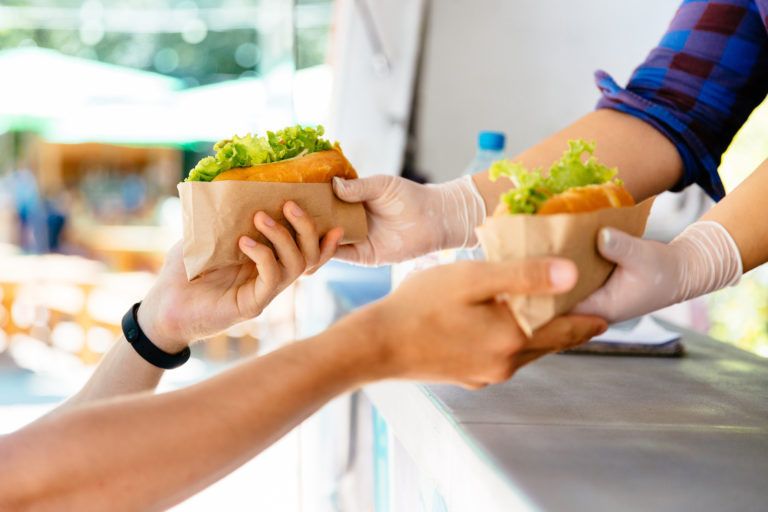April 1, 2022
Nationally, restaurants are losing billions of dollars to food waste. The pandemic, with its closures and supply chain issues, is exacerbating what was already a big problem.
Central Ohio isn’t immune to these national issues. Our community sends nearly a million pounds of food waste to the landfill daily and it’s costing us an estimated $400 million every year. SWACO is working with various partners to highlight these issues during Food Waste Prevention Week (April 4-8) and is offering advice to local businesses who are seeking solutions.
Making small adjustments to purchasing and menu offerings, practicing safe food donation, and diverting food waste by feeding animals or composting can help area restaurants and food service businesses offset some of the challenges they’re facing.
When considering what actions to take, it’s important to practice prevention, rescue and recycling options before landfilling food. Below are several key resources to help you reduce food waste.
The bottom line: preventing food waste saves money and can help drive change in your business.
- Measure your food waste. Use guidance from the Environmental Protection Agency to measure and understand your food waste. This information can shine a light on opportunities to spot and target operational changes that will save money and reduce food waste. Use EPA’s Food Waste Tracking Table to document loss over time.
- Use every scrap. Look for opportunities to refresh food prep practices to save every scrap.
- Communication is key. Engage your kitchen staff and ensure they’re up-to-date on the changes you’re making to reduce food waste. I
Wasted food also means wasted opportunity to help food insecure people in central Ohio. Every year, an estimated 187 million meals are landfilled in our community, but our restaurants and food-service partners are often in a position to help address this need. Non-perishable food and unspoiled perishable food can be donated to food banks, food pantries and shelters rather than thrown in the garbage.
- Donate food safely. Excess food can be donated to several hunger relief and food donation organizations in our community. Download this Guide to Safe Food Donation for Licensed Food Facilities, learn about Food Donation Liability Protection and Earn Tax Deductions on Your Food Donations.
Nearly a million pounds of food waste arrives at the Franklin County landfill every day and while some scraps are unavoidable – like lemon rinds and avocado pits – those items can still be valuable nutrient sources for animals and in creating compost.
- Learn about composting. Download the US Compost Council’s Guide to Composting Equipment and read about the bottom line benefits of composting for your business.
- Meet with local haulers to learn about their food waste management services and costs.
Think composting isn’t an option for your restaurant? Hear how Eataly, an Italian Marketplace with more than two dozen full-service restaurants, got started with a full-scale composting program.
Need something more? Download information specifically designed to help hotel kitchens, retailers, grocers and restaurants.
Together we can save more than food and make a difference for central Ohio.
